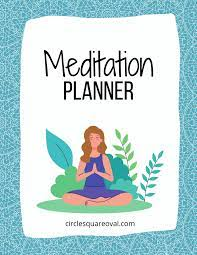How to Practice Mindfulness Meditation
- chrisviesumalinog
- Sep 1, 2023
- 2 min read
Updated: Mar 25

Getting Started with Mindfulness
Mindfulness Meditation
Jon Kabat-Zinn--a leader in the field of mindfulness and health--has defined mindfulness as "paying attention in a particular way: on purpose, in the present moment, and non-judgementally." This means consciously paying attention to our senses, and to our feelings, without further judgment. For example, mindfulness could be practiced by focusing on the sensation of water rushing over your hands as it falls from a faucet, or by feeling and accepting sadness without trying to push it away or to evaluate it.
Research has linked mindfulness meditation with reduced anxiety, more positive emotions, and, with enough practice, permanent structural changes in the brain that sustain these benefits. Before beginning, know that meditation is a skill that requires practice. In the beginning it might seem as if unwanted thoughts constantly intrude your mind and the serenity associated with meditation might be brief. With time your ability to meditate, and to control your focus, will improve. Listed below are instructions to help you begin mindfulness meditation.
Planning

For the best results meditation should be a daily exercise. Meditating for 30 minutes a day might be a great goal, but it might not be realistic for your life. If 30 minutes doesn't seem doable, try to start with 10 to 15 minutes a day. Create a schedule that you can stick to, rather than one that you will give up on in a week.
Posture
How you sit isn't too important--just make sure you are comfortable, but not so relaxed that you will doze off. It will be OK to sit on the floor, in a chair, and with your legs either crossed or straight. Keep your spine upright and find a pose that you can maintain without too much discomfort.
Thoughts

Allow your thoughts to come and go. The more you try to control them, the more invasive they will become. Like our senses, thoughts are a normal part of our existence. Acknowledge your thoughts and let them pass naturally.
Breathing
Focus on your breathing. Take full but gentle breaths through your nose and notice the rising and the falling of your belly. Notice how your body changes as air enters and then leaves your lungs. This is the key to mindfulness meditation. Focusing on the sensation of your breathing will quickly bring you into the present and connect your mind with your body.
Summary
Plan to devote 10 to 15 minutes to meditation each day, and more if you think you can. Find a relaxing posture and begin to focus on your breathing. Pay attention to each breath and the sensations in your body. Allow thoughts to enter your mind and then fade away without judgment or resistance. After they have passed return your focus to breathing. Continue this process for the duration of meditation.

















Comments